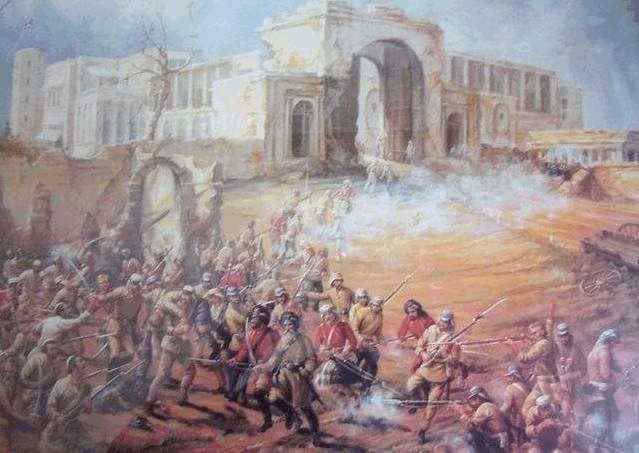
Above all, it was the support from the recently recruited Sikhs of the Punjab, carefully cultivated by the British since the end of the Anglo-Sikh wars of the 1840s, which proved decisive to Britain's ultimate victory. In addition, some 23,000 troops from the Queen's army were positioned in India at the time, providing additional support to beleaguered British garrisons. The Bombay and Madras armies remained loyal to the British, as did troops in Bengal and the Punjab.

The Bengal army constituted the largest of the three and a significant portion of its regiments were stationed in north and central India as well as the Punjab. The East India Company's military forces were composed of the three armies raised from its separate presidencies, or administrative districts: Bengal, Madras, and Bombay. This disparity existed in the eighteenth century but by 1856 the number of Europeans in the East India Company's army of 300,000 had fallen below 15 percent. The vast majority of soldiers who served in the Indian army were native South Asians. Participation came mainly from the East India Company's army units, whose South Asian recruits were known as sepoys, an Anglo-Indian term derived from the Persian word sipahi (soldier). The Mutiny proved to be the greatest internal challenge to the British Empire in the nineteenth century and included the cooperation of civilians from many strata of Indian society. Beginning in Meerut on, the rebellion spread throughout north and central India to such cities as Delhi, Agra, Cawnpore, Gwalior, and Lucknow before the British reconquered these territories and officially declared peace on 8 July 1858. The Sepoy Mutiny was a widespread and ultimately ineffective uprising against British imperial rule in India led by members of the Bengal army.


 0 kommentar(er)
0 kommentar(er)
